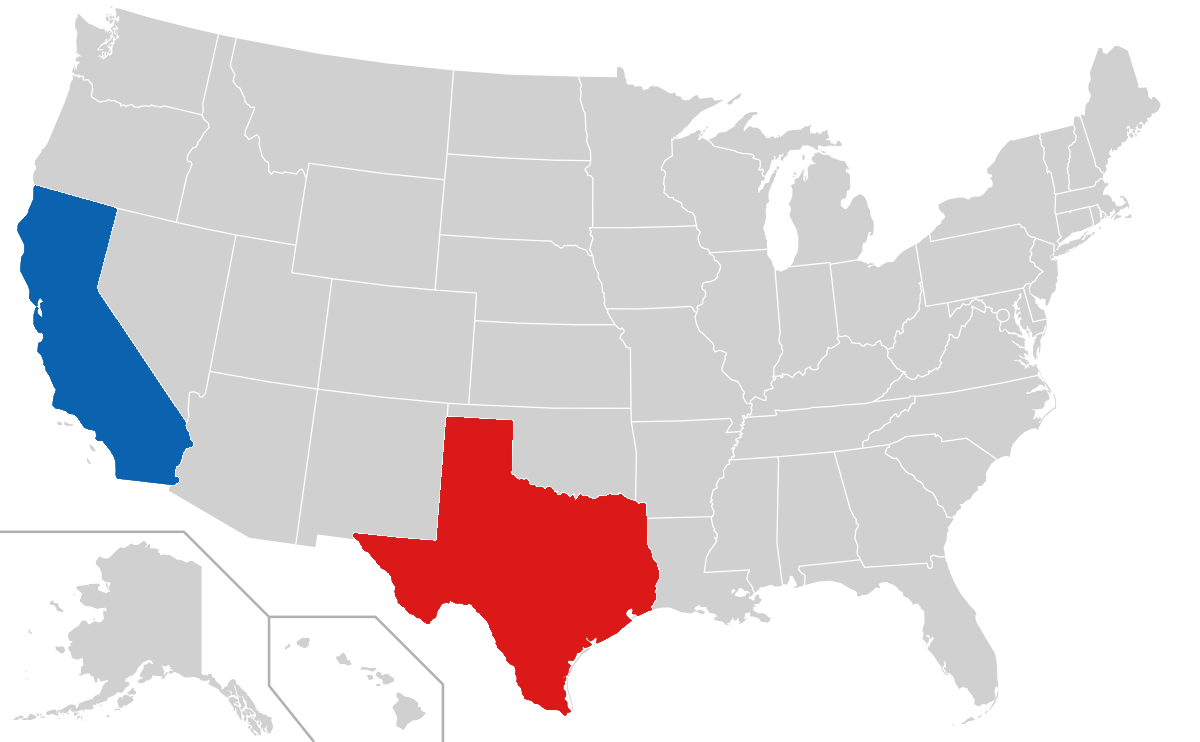
When it comes to what Hawaiians call the contiguous United States, the answer may surprise you. In Hawaii and among overseas Americans, the contiguous United States are often referred to as the "mainland." This term is used to distinguish the 49 states in North America from the non-contiguous states and territories like Hawaii, Alaska, Puerto Rico, and Guam.
While Hawaii is an integral part of the United States, its unique location in the Pacific Ocean sets it apart from the rest of the contiguous states. As a result, Hawaiians often use the term "mainland" to refer to the contiguous United States as a way of highlighting this geographical distinction.
Despite this informal usage of the term "mainland," it is important to recognize that Hawaii is just as much a part of the United States as any of the other 49 states. The term "mainland" simply serves as a convenient way for Hawaiians to differentiate between the contiguous states and the non-contiguous ones.
In conclusion, while Hawaiians may refer to the contiguous United States as the "mainland," it is crucial to understand that this term is not meant to imply any sort of separation or division. Instead, it is simply a way of acknowledging Hawaii's unique position in relation to the rest of the country.




